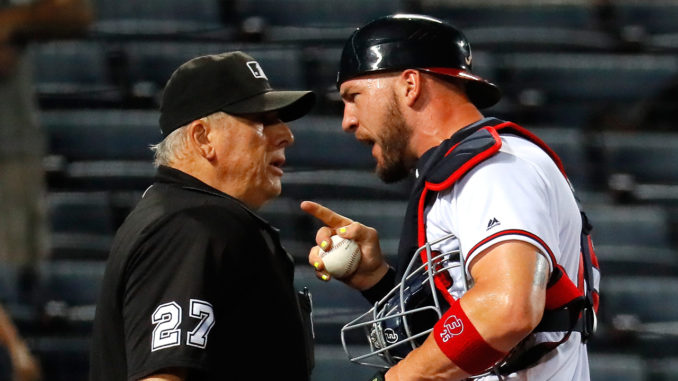
Despite being the beneficiaries of Tyler Flowers‘ best offensive season of his career and a surprisingly effective late-season contribution from Anthony Recker, the catcher position amassed only 0.9 fWAR in 2016, good for 21st out of 30 teams in MLB. This was largely due to the monumental ineffectiveness of A.J. Pierzynski last year. Pierzynski will be gone, but to say that the catcher position is likely a strength of the team may still be a stretch. In the minor leagues, a number of interesting catching prospects will be jockeying for playing time and how that will play out over the summer will be one of the more interesting developments to watch.
Note: While it’s rare for the Atlanta Braves to carry more than two catchers, most of the minor league teams do so, usually a starter, a main back-up, and a third player who catches but also backs up other positions, usually first base.
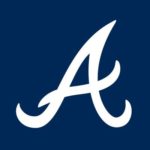 ATLANTA BRAVES
ATLANTA BRAVES
STARTER: Tyler Flowers
One of the more unheralded but successful transactions of the last off-season was the free agent pick-up of Tyler Flowers. Flowers had been non-tendered by the Chicago White Sox despite his role as Chris Sale‘s personal catcher. Flowers had actually come up with the Braves after being selected in the 33rd-round of the 2005 draft, but the presence of Brian McCann allowed the team to trade him to the White Sox before the 2009 season for right-hander Javier Vazquez.
Flowers is well-regarded as a defensive catcher by both metrics and anecdote. The metrics have him as a plus pitch-framer and pitch-blocker, while anecdotally he is praised as a good game manager. The only knock on Flowers was the woeful 5% caught-stealing rate he posted last season. Hopefully this is an aberration as his career rate is a near-league average 23% and it didn’t appear that he had lost arm strength. Offensively Flowers had his best career year, hitting .270/.357/.420, and his 110 wRC+ rated 7th in the majors among catchers with at least 300 plate appearances. While no one should expect a 31-year-old player coming off a career-best season to repeat or improve on those numbers, there is evidence that Flowers has made adjustments at the plate that could continue to pay off.
BACK-UP: Kurt Suzuki
Recently signed Kurt Suzuki is a 10-year major league veteran who was once a 2nd-round pick by Oakland in the 2004 draft. Suzuki has many of the same qualities as Flowers, except his pitch-framing metrics show him with negative value. Otherwise, he’s considered a good backstop, especially in the anecdotal areas of game managing, pitch-calling, and preparation.
Offensively, his career numbers also are similar to Flowers, and he also had a career offensive season at age 30 when he made the All-Star team for the Twins. Unfortunately, he’s going into his age 33 season and the last two years haven’t been so great for Suzuki at the plate. Assuming both Flowers and Suzuki are both healthy, I would anticipate a more even split of time between the two rather than a traditional starter/back-up relationship.
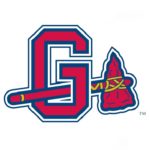 GWINNETT BRAVES (CLASS AAA)
GWINNETT BRAVES (CLASS AAA)
STARTER: Anthony Recker
Until the Suzuki signing of last week, Recker was seen as the likely back-up catcher going into the season, largely based on the .278/.394/.433 batting line he posted after a mid-season call-up. This was by far his best offensive performance in his six-year major league career. Going into his age-33 season, most analysts were skeptical that Recker had suddenly found a successful offensive formula and the Braves seemed to agree, signing the veteran Suzuki. Recker now seems likely to begin the season with Gwinnett, and will no doubt be the first guy to get a call up if either Flowers or Suzuki falters.
BACK-UPS: David Freitas, Blake Lalli
David Freitas was a minor league free agent signing this winter and represents an interesting addition. Once considered a solid catching prospect, he has at different times been traded for Kurt Suzuki and for Braves reliever Jim Johnson. The 27-year-old has a solid defensive reputation. Other options include incumbent catchers Blake Lalli and Braeden Schlehuber, so how the organization juggles all these guys will be interesting to watch. Lalli filled in at first as well as catcher, and reportedly has a good pitcher/catcher relationship with Aaron Blair. Schlehuber has been an organizational catcher since 2008; he’s not much of a hitter, but is a solid pitch-and-catch guy who will probably manage some day.
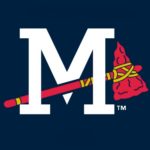 MISSISSIPPI BRAVES (CLASS AA)
MISSISSIPPI BRAVES (CLASS AA)
STARTER: Joe Odom
Odom is a 13th-round pick from the 2013 draft who split time between class high-A Carolina and Mississippi. It was the second Opening Day that he was assigned to Carolina and he did what you would hope a college draftee in his second time through high-A would do, hitting an impressive .292/.349/.500, 131 wRC+. He was challenged by his mid-season promotion however, dropping to a 81 wRC+ in the ‘Sip while also battle a couple of nagging injuries. Odom has two calling cards, above average receiving skills and decent pop for a catcher. Odom will be hard-pressed in the big yards of the Southern League to hit home runs, but the hope is that he will adapt and get more consistent contact. As is, he is pointing toward a major league back-up catcher career in the future.
CHALLENGER: Kade Scivicque
Scivicque (pronounced civ-eek) was acquired in the August trade that sent Braves great Erick Aybar to the Detroit Tigers. Scivicque was a college stand-out at LSU and gets consistently high marks in intangibles like leadership and toughness. He was having a moderately successful season at the plate with high-A Lakeland when the trade occurred. Scivicque struggled at Carolina, but was promoted in the last week of the regular season to Mississippi to fill in for the injured Odom. Scivicque made a good impression in the playoffs, hitting .533 in his four starts. Scivicque continued that through to the Arizona Fall League where he hit .378/.410/.486 over 39 plate appearances. Like Odom, Scivicque profiles as a future major league back-up catcher.
BACK-UP: Armando Araiza
Araiza was signed as a minor league free agent this off-season. Araiza has been in the Tampa Bay organization since just before his 17th birthday in 2010. Still only 24, Araiza had some prospect buzz coming out of the rookie leagues, but a minor league career .239/.327/.333 slash line over parts of 7 minor league seasons has all but extinguished it, which is a shame because Arazia comes with a sterling defensive reputation. It’s also possible Sal Giardina gets a call up here as a back-up at catcher and first base.
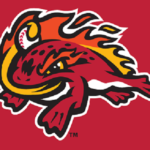
FLORIDA FIRE FROGS (CLASS A+)
**TOP 30 PROSPECT** STARTER (Promotion): Jonathan Morales
Morales played his first full season as a catcher for Rome in 2016 and did pretty well all things considering. At the plate he started and finished strong, but had a deep two-month slump in the middle of the season that sapped his overall offensive numbers. More importantly however, Morales made huge strides defensively, especially in the areas of game-calling and pitch framing. His blocking is still a work in progress, but his arm is ridiculously strong and he threw out 50% of would-be basestealers. Overall Morales did enough to put him in the conversation with the other young Braves catching prospects, and he should get the bulk of the work for the Fire Frogs.
BACK-UPS: Tanner Murphy, Wiggy Nevarez
Though Murphy will be entering his fifth minor league season, it’s easy to forget that he’s still only 22 years old, a month younger than Morales. Promoted from Rome in 2016 despite a poor offensive season, Murphy looked completely overmatched during the first half. After Odom was promoted to Mississippi and Murphy took on a larger share of the catcher’s burden however, Murphy finally tapped some of that offensive potential many had been waiting to see on the field, finishing with a .285/.400/.374 batting line over the second half of the season. Either Nevarez of Giardina will be the third catcher and back-up first baseman. If Giardina, it would mark the third season start in high-A.
**TOP 30 PROSPECT** WILD CARD: Alex Jackson
One of the big questions of the spring will be what the Braves do with Alex Jackson. If he takes going back to catching well, his bat would place him in class-A with the Fire Frogs. If the Braves want Jackson to focus on his defense, they may assign him to single-A. If they feel like he needs more extensive coaching, he could also stay back in extended spring training. Wherever he goes, it’s likely the Braves would want him to get the most playing time possible. This will likely be a decision made late in spring training, but my guess is that he’ll start in Florida, perhaps splitting catching and DH duties with Morales.

ROME BRAVES (CLASS A)
**TOP 30 PROSPECT** STARTER (Promotion): Brett Cumberland
Cumberland arrived in Danville already gassed from a long run into the NCAA playoffs with Cal-Berkeley, and didn’t really display the offensive game that most were expecting. Nevertheless, I can’t see the Braves holding their 2nd-round pick back in extended spring training. Cumberland will try to show that offense that won him Pac-12 Player of the Year last year while also improving his game behind the dish.
BACK-UPS: Lucas Herbert, Carlos Martinez
Another 2nd-round pick, Herbert will almost certainly start his second season in Rome after a lost year at the plate. The Braves have to hope that his bat can come around at least to being average because his catching skills are remarkable. Carlos Martinez will be looking for his first full-season placement after four years playing in short-season leagues for the Braves. Matt Foley, who was acquired as part of last season’s Jeff Francoeur trade, may also play a roll at this level.
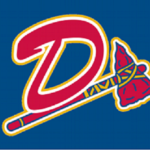 DANVILLE BRAVES (Rookie League)
DANVILLE BRAVES (Rookie League)
INCUMBENT (Promotion): William Contreras
Contreras has a very respectable first season stateside, putting up a .264/.346/.375 line for the Gulf Coast Braves while throwing out 50% of base-stealing attempts. Contreras just turned 19 years old and is still a bit of a project as far as the finer points of catching, but shows solid tools and a good worth ethic by most accounts.
BACK-UPS (Promotion): Ricardo Rodriguez, Alan Crowley
Rodriguez was acquired from the Padres in the Christian Bethancourt trade. Rodriguez had hit well in his first pro season in the DSL for the Padres in 2015, which earned him a mid-season promotion to the States. The Braves started Rodriguez off in 2016 in the GCL, but he couldn’t get much going offensively. Rodriguez’s glove will carry him for awhile, but he’ll need to start hitting to stay in the conversation. Crowley hit well in 26 games for the GCL Braves as a 20-year-old and could move rapidly if given the opportunity.
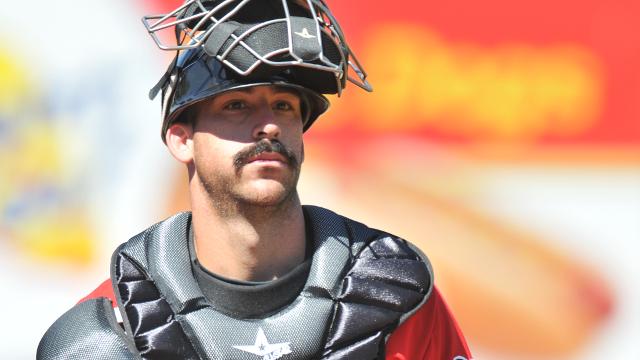
FINAL THOUGHTS: The Braves won’t win any awards for their catching depth, but the acquisition of Kurt Suzuki at least gives the Braves two legitimate major league catchers to start 2016, which is something that wasn’t quite certain when it looked like Anthony Recker or Tuffy Gosewisch would take the back-up catcher’s job. The Braves have two solid catchers in Odom and Scivicque at Mississippi that may hit enough to have major league careers. In the lower levels, Morales, Cumberland, Murphy, Herbert, and Contreras all have attributes that could propel them through the organization, but enough remaining question marks that it’s far from certain which will actually do so. Then there’s the wild card of Alex Jackson, who has the highest upside bat of the lot of them but has never caught professionally and hasn’t caught regularly in 3 years. Finally, the Braves have high-dollar international amateur signee Abrahan Gutierrez likely starting the Gulf Coast League. As a whole, Braves catchers have a lot of questions, but also some potentially positive answers.
OFR TOP 5 CATCHER PROSPECT RANKINGS:
- Alex Jackson
- Brett Cumberland
- Jonathan Morales
- Abrahan Gutierrez
- Lucas Herbert
Other entries in this series:
First Base
Second Base
Third Base
Shortstop
Left Field
Centerfield
Right Field
Starting Pitching, Part 1 (Atlanta/Gwinnett)
Starting Pitching, Part 2 (Mississippi/Florida)
Starting Pitching, Part 3 (Rome/Danville)

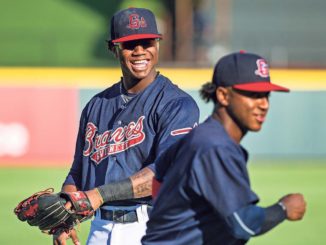
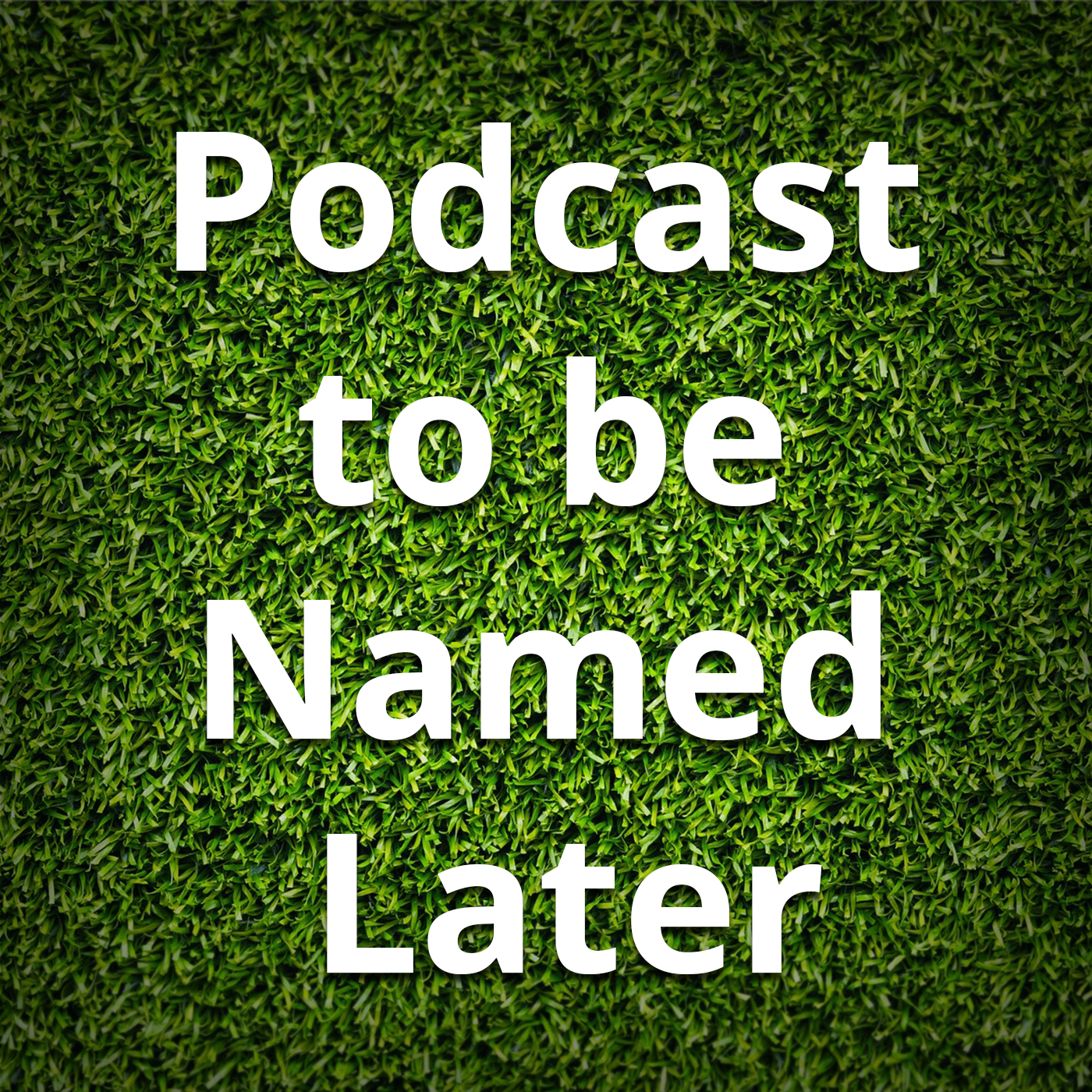

Leave a Reply